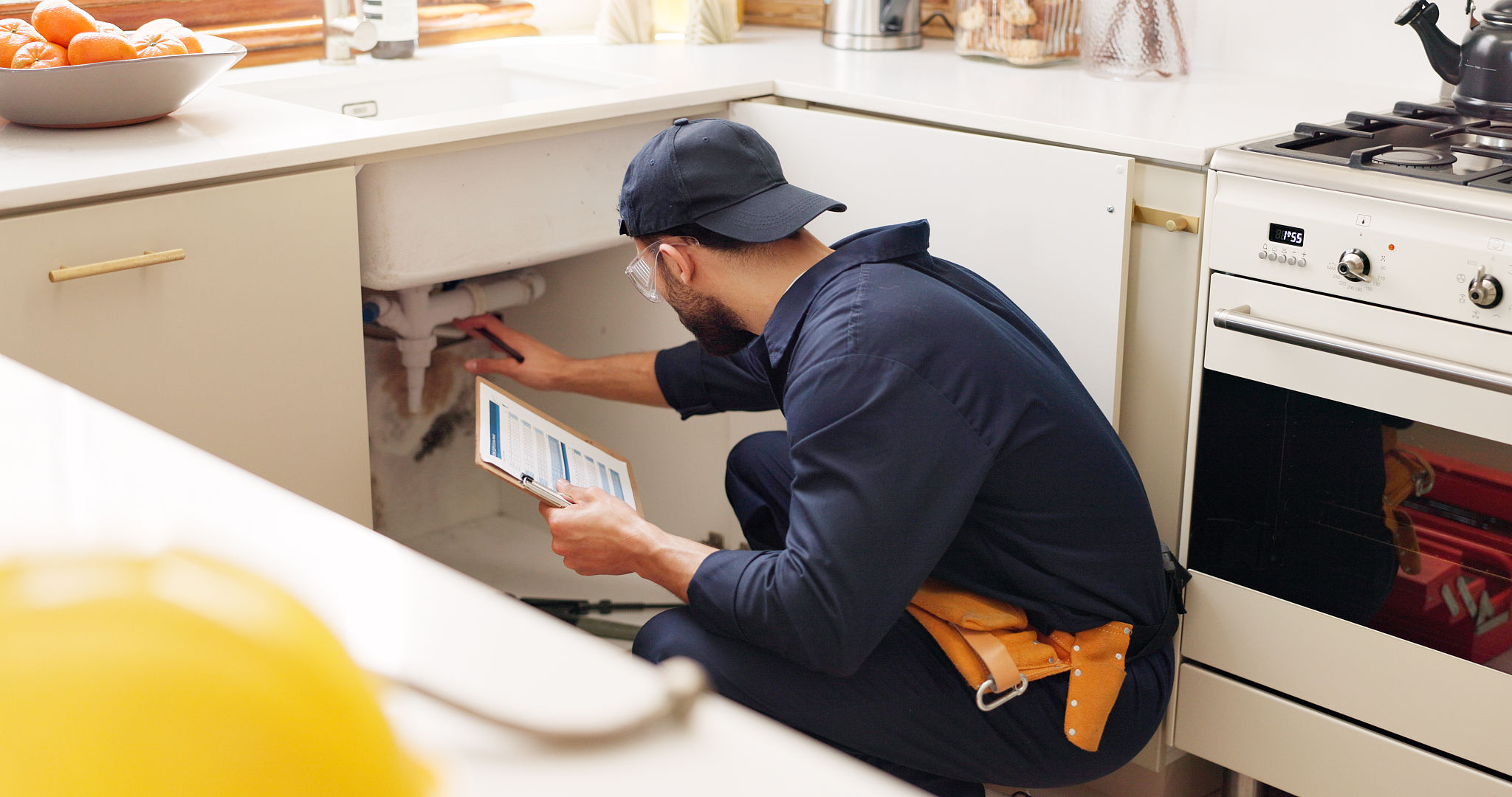Debunking Common Myths About Backflow Testing
Understanding Backflow Testing
Backflow testing is an essential procedure that ensures the safety and quality of our drinking water. Despite its importance, there are numerous misconceptions surrounding this practice. In this post, we aim to debunk some of the most common myths about backflow testing, helping you understand why it is crucial for both residential and commercial properties.
Backflow occurs when water flows in the reverse direction, potentially introducing contaminants into the clean water supply. This can happen due to changes in pressure within the plumbing system. To prevent such occurrences, backflow prevention devices are installed, and regular testing is conducted to ensure their effectiveness.

Myth 1: Backflow Testing Is Only Necessary for Commercial Properties
A common misconception is that backflow testing is only required for commercial properties. However, backflow can occur in any type of property, including residential homes. Both residential and commercial properties can be at risk of contamination if backflow prevention devices are not properly maintained and tested.
Homeowners may not realize that activities such as lawn irrigation, swimming pools, or even hose connections can pose a risk of backflow if not properly managed. Regular testing helps ensure that the water supply remains safe and uncontaminated.
Myth 2: Backflow Testing Is Expensive and Unnecessary
Another myth is that backflow testing is an unnecessary expense. The reality is that the cost of regular backflow testing is minimal compared to the potential health risks and financial consequences of a contaminated water supply. Preventive measures like testing can save both money and potential legal issues in the long run.

Furthermore, many local regulations require regular backflow testing to ensure compliance with health and safety standards. Ignoring these regulations can lead to fines and penalties, making it even more economical to invest in routine testing.
Myth 3: Backflow Devices Don’t Need Regular Testing
Some believe that once a backflow prevention device is installed, it doesn't require further attention. In reality, these devices need regular maintenance and testing to function correctly. Over time, parts can wear out or become damaged, reducing their effectiveness.
Regular testing ensures that any wear and tear is detected early, allowing for timely repairs or replacements. This proactive approach helps maintain the integrity of your water supply system.

The Importance of Professional Testing
While some might think they can handle backflow testing themselves, it’s vital to have a certified professional perform the test. These experts have the necessary training and equipment to accurately assess the condition of your backflow prevention devices.
A professional will not only conduct the test but also provide insights into any potential issues and recommend solutions to ensure your water system remains safe and compliant with local regulations.
Conclusion: Prioritizing Safety and Compliance
In conclusion, debunking these common myths highlights the importance of backflow testing for all property types. It’s a small step that plays a significant role in protecting public health and maintaining a safe water supply.
By understanding the facts about backflow testing, property owners can make informed decisions and prioritize the safety and compliance of their water systems. Regular testing is not just a regulatory requirement but a critical measure in safeguarding our most precious resource—clean water.
